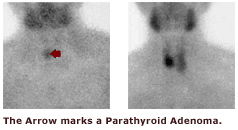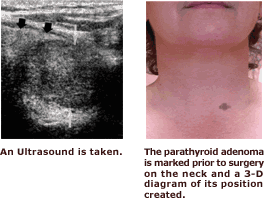Parathyroid disease - Symptoms and Reality
Many of the symptoms of parathyroid disease are non-specific, vague and difficult to pin down.
I have written before on the common symptoms patients describe and for clarity these are listed:
tiredness
lethargy
lack of 'get up and go'
muzzy head
difficulty concentrating
muscle aches and pains
bone pain - typically in the middle of bones away from joints
joint pains
abdominal cramps / discomfort
constipation
urinary frequency
nocturia - passing urine at night
thirst
dry mouth
irritating cough
The symptoms are various manifestations of the calcium levels being raised.
Symptoms are NOT caused by high PTH.
So it follows that a patient with a normal calcium level cannot have symptoms due to the calcium level being high and cannot have symptoms from parathyroid disease.
Unfortunately a lot of patients who feel rough, tired and lacking in energy feel that it must be parathyroid disease because the symptoms match. This is not a reasonable assumption - UNLESS the calcium level is HIGH.
There are many, many causes for these vague symptoms one of which is parathyroid disease which can be easily cured.
It is incredibly rewarding to be able to undertake surgery in someone who is suffering with such symptoms and watch them be cured virtually overnight.
www.bucksendocrine.com
www.thyroidsurgeon.org.uk




